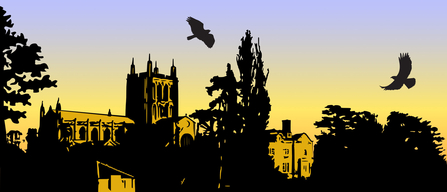
Hereford City Local Branch - Our Advisors
Hereford City Branch benefits from the support of many wonderful, experienced advisors who share our aims to create a nature rich city. In both a professional and voluntary capacity, they generously share their expertise, best practices, and provide us with expert guidance. There are many of them, but we would like to show our particular gratitude to those below, without whose help, our efforts to make Hereford a greener, healthier place, would be so much harder.
Richard Bavin – Artist and creative collaborator
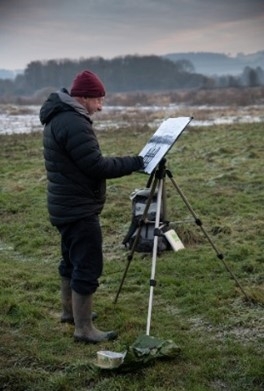
Richard Bavin (c) richardjonesphoto.com
As resident artist for HWT (8+ years) I create and show bodies of work about specific nature reserves and themes such as native black poplars and wildflower meadows. This volunteer position has also involved leading artist groups, public art projects and giving workshops. From 2022 to 2023 I led ‘Wilder Hereford: Art & Poetry’ in collaboration with the Apple Store Gallery and City Branch, exploring nature along the Yazor Brook.
I care passionately about our natural world and have a special interest in native trees and woodland. I also contribute practically to nature recovery projects with the City Branch and in my village (Wellington). A keen birdwatcher, I carry out regular BTO and HWT surveys, including urban locations, and recently trained to help with freshwater invertebrate surveys. My previous career in IT project management has given me useful skills in organisation and communication.
Will Watson, Environmental Consultant
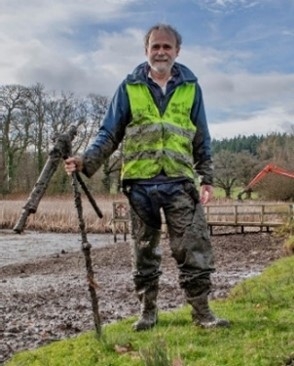
I am an environmental consultant specialising in freshwater ecology with over 30 years’ experience. My work includes undertaking surveys covering all main range of habitats within the UK. Recent work has included Project Ecologist to the Ice Age Pond Project, supervising the restoration of Berrington Hall Pool for the National Trust and drawing up the “irreplaceable pond” definitions for Defra. I am Ecological Advisor to the River Lugg Internal Drainage Board and a stock photographer with the Nature Picture Library.
I have passion for water beetles and amphibians. I have travelled widely and in 2008 I found a water beetle new to science in in Mozambique and had the good fortune of it being named after me!
Anna Grundy, Ecologist
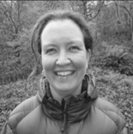
Anna works closely with the city branch as well as Herefordshire Wildlife Trust, providing ecological advice and training, in particular on botanical matters. A founder member of the Friends of Bartonsham Meadows who successfully campaigned for the HWT to take over management of the Meadows, she continues to be closely involved as a volunteer. She has 30 years of experience of botanical monitoring and surveying in the UK and worked extensively in the public sector including with Natural England, the Institute of Grassland and Environmental Research and ADAS.
Anna has expertise in surveying a wide range of habitats, with particular interest in grasses and grasslands. Currently a freelance ecological consultant, in addition to her botanical work, she is involved with projects concerning protected fauna, including great crested newts, bats and reptiles.
David Lovelace, Landscape historian specialising in digital mapping
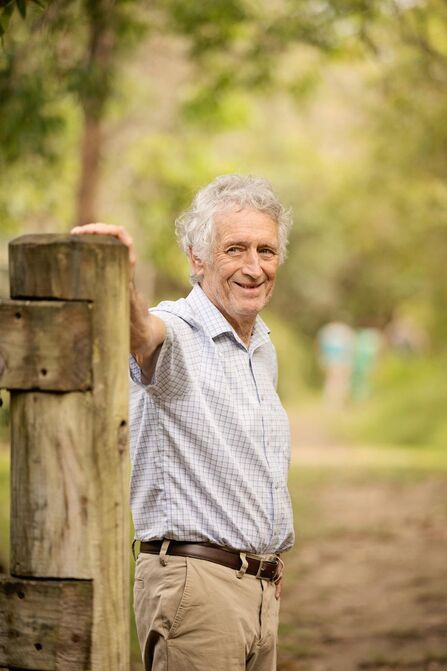
David Lovelace
David worked as a research scientist in the semiconductor industry in Essex before moving to Herefordshire in 1979. While still in Essex, he became interested in ancient woodlands and the theories of Oliver Rackham, paving the way for his work around woodland policy. He has undertaken numerous commissions for Forestry England, Natural England and local groups as well as private individuals.
In recent years, landscape history has become his main focus, using software to process historic maps and track progressive changes up to the present, including specialising in the use of LIDAR data to add 3-dimensional detail. He has amassed a huge data resource including photographs from the 1930’s Royal Commission Survey and early 20th century aerial photographs, and this has been made generously available to groups such as the Hereford City branch of the Wildlife Trust.
Jerry Ross, Consultant Aboriculturalist
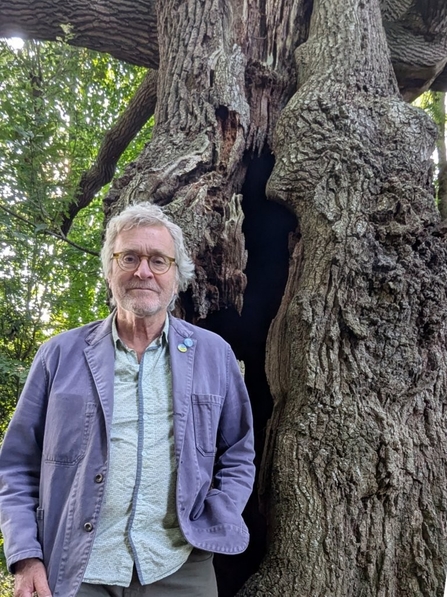
Originally a Londoner with a degree in biological sciences at Sussex, I enjoyed a spell as an assistant ranger at Seven Sisters Country Park in East Sussex before relocating to Ross and a career in tree surgery, setting up Ross Tree Services, and eventually employing a small team of tree surgeons.
After 25 years as a climbing arborist, managing the company and providing all its tree surveys and reports, I sold the tree surgery business in 2000 but continued to work as an Arboricultural Association Registered Consultant for the next 24 years, advising on tree safety and risk, tree health and a wide range of legal and planning matters concerning trees.
Although now ‘retired’, I continue to provide informal advice, am chair of the Herefordshire Tree Forum, and designer and editor of its website. www.htreeforum.co.uk I am also on the Queenswood Coronation Fund committee (which support the planting and management of the tree collection of the Queenswood arboretum).
Richard Fishbourne, wildlife spaces designer, ecologist, nature lover

Having designed and built many hundreds of beautiful natural gardens, from school grounds to RHS shows, Richard has a skill for creating space for nature play and learning. Whether living willow sculptures, willow tunnels, natural climbing frames, wildlife ponds, otter holts, chestnut fencing and tree stockades, hazel dens and hurdles, he always considers the needs of the school or wider community, to get the most and best use out of any of the wild spaces being transformed into a community asset – and the need to remember it is a natural asset first and foremost.
That approach is fully evident in everything he has undertaken over the last decade with City Branch volunteers across the city, especially in brook restoration work.
